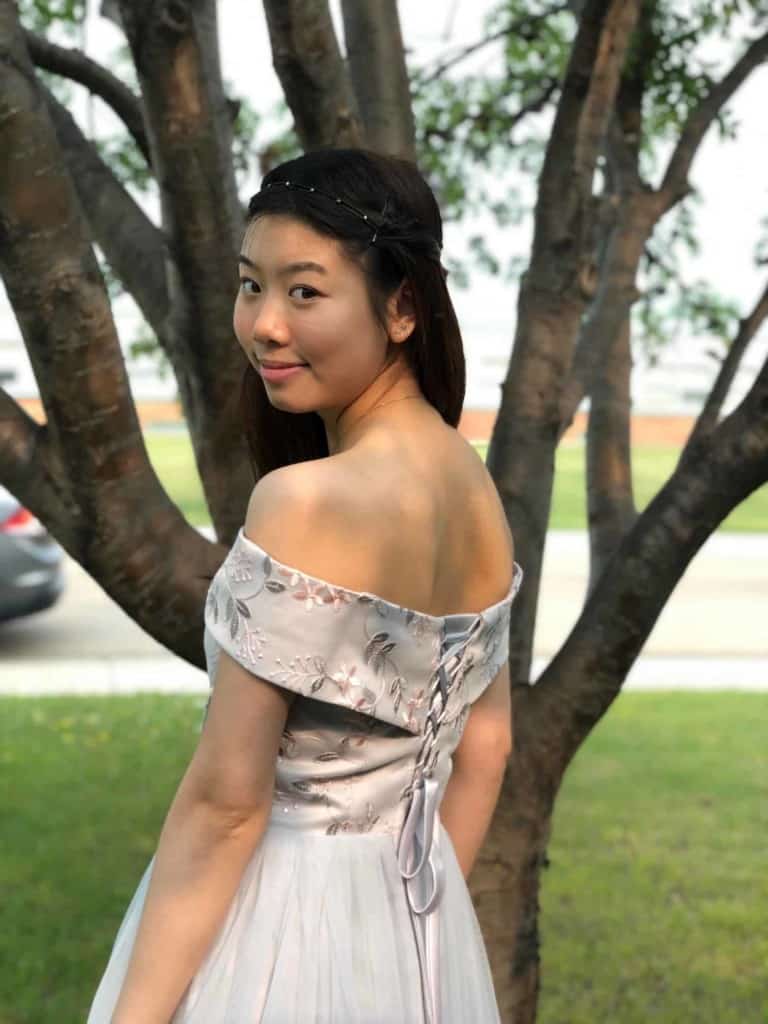Compose your photos to last a lifetime
Knowing story and finding the right light are keys to a great shot
Taking a photo on your cell phone or tablet doesn’t have to be a ‘shot in the dark’. Below, three photographers share their insights on how to get that next great shot.
Light your subject
Matt Noel, a dedicated amateur photographer in Alberta Avenue, says lighting can complement or ruin your shot. On a sunny day, for instance, move so that the sun is behind you.
“If the sun is behind the subject, you want to move around the target so the light is complementary to them, as opposed to making them underexposed.”

The other light problem to watch for is hotspots, such as lamps.
“You want to remove them out of the shot or crop later, because the viewer’s eyes will be drawn to the hotspot and away from the subject,” he says.
Kaye Ly, a portrait photographer who calls Alberta Avenue home, finds the best lighting occurs in open shade.
“Find a place where the subject is in the shade, but looking towards an open sky,” she suggests. “Along a big building or an overcast day provides the best open shade.”
Tell a story
Try to tell the story by capturing the subject’s personality and experience, says Ly. “Keep it simple by eliminating any unnecessary information. Don’t include anything you don’t want to be part of your story.”

Framing a great shot is part math and part art, says Rebecca Lippiatt, a professional photographer who contributes to Rat Creek Press.
“The art is the story you want to tell and the emotion you are trying to evoke,” she says.

So an elderly person’s hand could be roughly centered in the frame. But a hand at the edge, perhaps waving goodbye, would tell a whole other story. Both are great, but you need to know your story, says Lippiatt.
Frame for a great composition
When Noel composes a shot, he uses the rule of thirds (see box), for which digital cameras provide a grid of nine squares. The intersecting points are where you place the points of interest.

“So for example, when I took a photo of an older gentleman, he covered three of the intersecting points,” explains Noel.

Lippiatt urges new photographers to explore classical art to get a feel for framing.
“Also look into the golden ratio in art,” she advises. (See box for more info.)
Choose the right device
Cellphone and tablet cameras have come a long way, but you still need to know how to use them and their settings, says Lippiatt, so do your research.
Noel suggests two Internet personalities. Marques Brownlee does quality reviews of the latest technologies, including phone and tablet cameras, while Peter McKinnon, a Toronto vlogger and cinematographer, has built a large following for his advice on digital photography.
Shoot from a child’s perspective
Autumn and winter offers the joy of capturing children’s energy in a photo. To make the difference between a mediocre shot and one that you always go back to, avoid the stand and shoot approach.
“If the story is about the child’s experience, then you need to tell the story from their point of view,” says Ly. “Have a conversation with them or sit quietly and observe, then capture expressions of delight as they gaze at a wonderful new discovery.”
Lippiatt suggests physically getting down to the child’s level.
“You’ll get better photos, as the children will be looking at you directly and not looking up at you,” says Lippiatt. “You might get dirty or feel silly, but your photos will be much better.”
Kaye Ly is one of Edmonton’s Shutterbugs, a meetup group also offering workshops. For more information, visit meetup.com/The-Edmonton-Shutter-Bugs. Find Matt Noel’s portfolio at mattnphotography.com and Rebecca Lippiatt’s at rebeccalippiatt.com.
TERMINOLOGY
Rule of thirds: The rule of thirds makes for more engaging and better balanced images. To establish the rule of thirds, mentally divide your image using two equally spaced horizontal lines and two vertical lines. Position the important elements in your scene along those lines or at points where they meet.
Golden ratio: Mathematically, the golden ratio is a ratio of approximately 1.618 to 1. Two subjects are in the golden ratio if their ratio is the same as the ratio of their sum to the larger of the two objects. The effect is of a spiral, and the result is a sense of harmony and balance.
Featured Image: This image looks good, says Matt Noel, because it meets the rule of thirds, with the subject hitting the grid on the left side.







